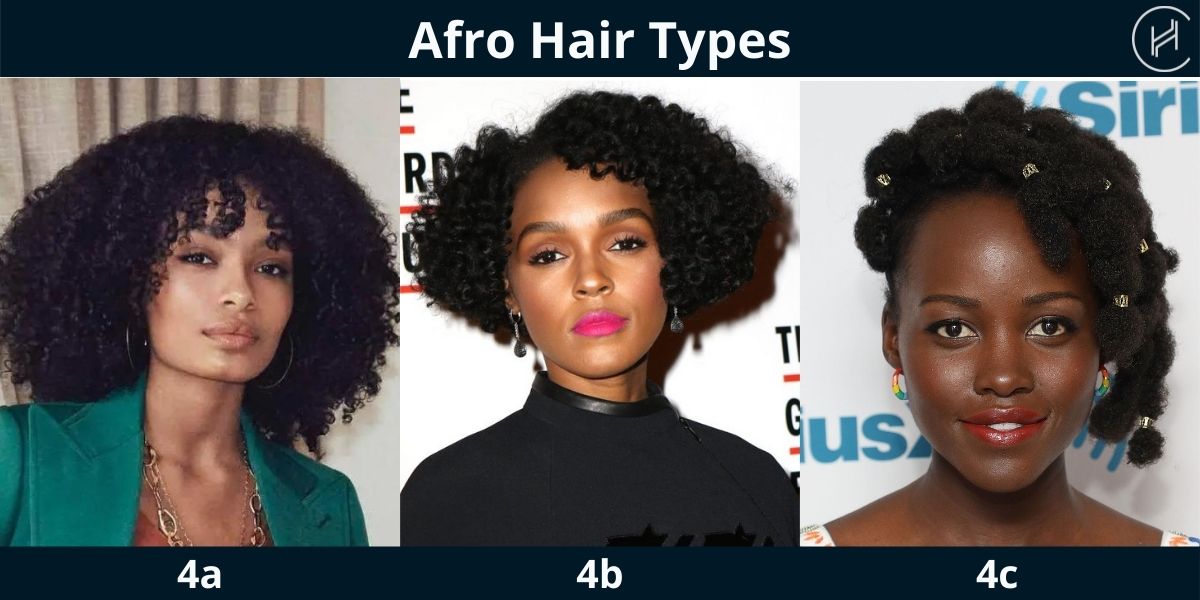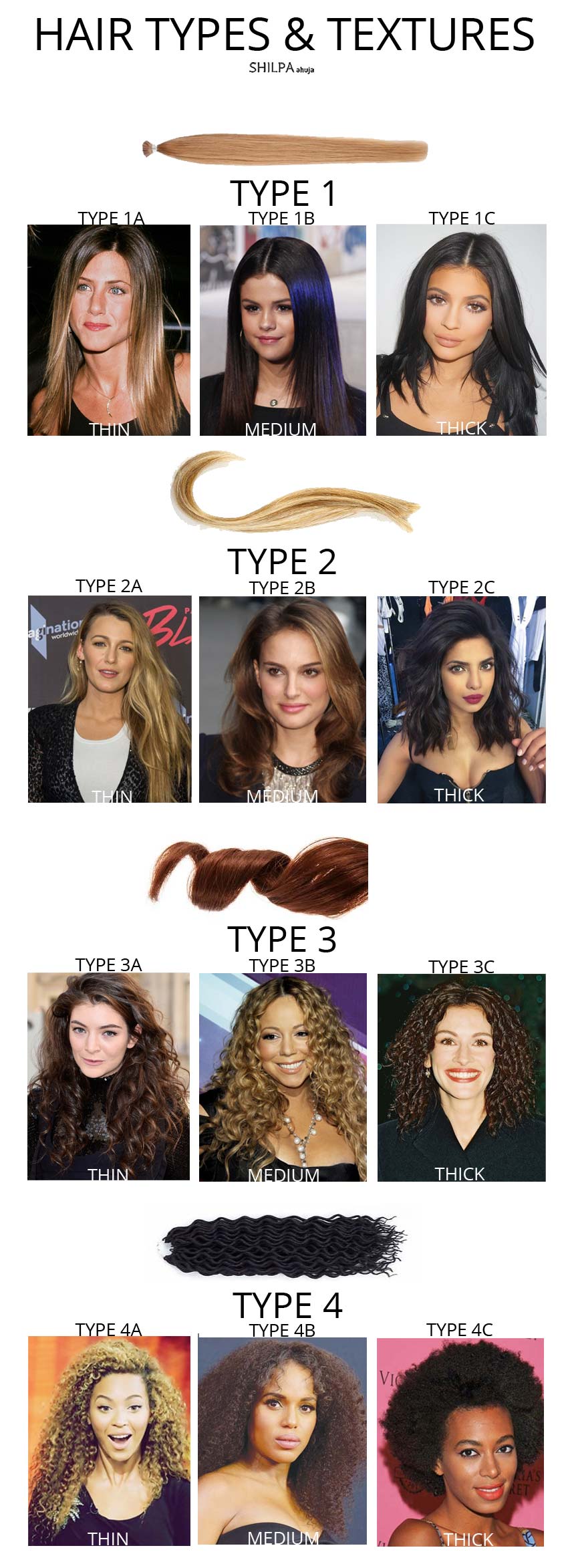African American Hair Types and Textures: A Comprehensive Exploration

The rich tapestry of hair found within the African American community represents a profound spectrum of beauty, resilience, and cultural significance. Far from a monolithic category, the diverse range of hair textures encompasses an intricate world of curls, coils, and kinks, each possessing unique characteristics and demanding specific care. Understanding the nuances of this hair is not merely a matter of aesthetics but an exploration into its biological structure, its historical journey, and its contemporary celebration as a cornerstone of identity. This exploration aims to provide a clear, informative insight into the distinctive features, common challenges, and inherent benefits of these magnificent hair types.
Understanding the Unique Structure
The fundamental distinction of Afro-textured hair lies in its unique follicular and strand structure. Unlike straight or wavy hair, the hair follicles are typically elliptical or oval in shape, rather than round. This asymmetrical follicle shape dictates the growth pattern of the hair strand itself, causing it to emerge from the scalp and grow in a helical, spiral, or zig-zag pattern.
Each individual strand of this hair is often flat or ribbon-like in cross-section, which contributes to its tendency to coil and curve. These twists and turns along the strand are inherent weak points, making it more susceptible to breakage if not handled with care. Furthermore, the cuticle, the outermost protective layer of the hair, tends to be more lifted or open compared to other hair types. While this allows for easier absorption of moisture, it also means moisture can escape more readily, leading to a predisposition to dryness. The natural oils (sebum) produced by the scalp also struggle to travel down the length of the coiled strand, further exacerbating dryness, particularly at the ends. This combination of structural elements results in hair that is often perceived as coarse due to its density and springiness, yet is inherently fine and delicate.
The Spectrum of Textures: A Classification Framework
While every individual’s hair is unique, classification systems offer a helpful framework for understanding the broad categories of hair textures. The Andre Walker Hair Typing System, though originally designed for a broader range of hair, has been adapted and expanded to better categorize the diverse textures found within the community, particularly types 3 and 4.
-
Type 3 Adjustable Chairless Invisible Chair Seat Redefining Ergonomics And Personal Mobility (Curly Hair): Characterized by well-defined S-shaped curls that are often bouncy and springy.
- 3A: Large, loose curls, often with a circumference similar to a piece of sidewalk chalk. The pattern is typically well-defined and shiny.
- 3B: Bouncier, tighter curls, often resembling a Sharpie marker in circumference. These curls are more compact and can have significant volume.
- 3C: Tight, corkscrew curls that are densely packed. The circumference is often similar to a pencil or straw. This texture can experience considerable shrinkage and volume.
-
Type 4 (Coily/Kinky Hair): This category represents the tightest curl patterns, often with a very small circumference, sometimes imperceptible to the naked eye without stretching.
- 4A: Densely packed S-shaped coils that are often fine and delicate. This texture retains a visible curl pattern, even when dry, and can be quite springy.
- 4B: Characterized by Z-shaped coils with sharp, angular bends. The curl pattern is less defined and can appear more like cotton when dry. This texture experiences significant shrinkage.
- 4C: The tightest and most densely packed texture, often with a very tight zig-zag pattern that is not always visible to the naked eye. This hair type experiences the most shrinkage, sometimes appearing only a fraction of its true length when dry. It is often described as having a cottony or woolly feel and requires diligent moisture.
It is important to note that individuals frequently possess multiple curl patterns on a single head, and hair texture can evolve over time due to various factors such as age, hormonal changes, and chemical treatments. This system serves as a guide, not a rigid definition, for the vast array of beautiful textures.
Characteristics and Common Considerations
The unique structure of coily and curly hair gives rise to several distinct characteristics and common considerations in its care:
- Shrinkage: A prominent feature, where the hair appears significantly shorter when dry than its actual length when wet or stretched. This is a natural consequence of the tight coiling pattern.
- Dryness: As previously discussed, the lifted cuticle and difficulty of sebum distribution contribute to this hair’s predisposition to dryness. Maintaining adequate moisture is paramount.
- Fragility: The numerous twists and turns along the hair shaft create points of weakness, making these textures more prone to breakage from excessive manipulation, harsh styling, or lack of moisture.
- Tangles and Knots: The intricate coiling patterns can easily intertwine, leading to tangles and single-strand knots (fairy knots) if not regularly and gently detangled.
- Volume and Density: Despite individual strands often being fine, the tight coiling creates an appearance of great volume and density, contributing to its majestic presence.
Importance and Benefits
Beyond its biological characteristics, this hair holds The Best Short Hairstyles For Fine Hair immense cultural, aesthetic, and practical importance.
- Cultural Significance: For centuries, hair has been a powerful symbol of identity, heritage, and resistance within the African American community. It represents a connection to ancestry, a celebration of unique beauty, and a testament to resilience. Embracing natural textures is often a journey of self-acceptance and cultural affirmation.
- Incredible Versatility: Despite common misconceptions, these textures are remarkably versatile. They can be styled in an Which Hairstyle Suits Me Male Upload Photo A Comprehensive Guide To Personalized Hair Selection almost infinite number of ways, from voluminous afros and intricate braid patterns to elegant twists, locs, and various straightened looks. This adaptability allows for diverse self-expression.
- Protective Styling Potential: The natural texture lends itself exceptionally well to protective styles. Braids, twists, locs, and cornrows enclose the delicate strands, minimizing daily manipulation, protecting against environmental damage, and promoting length retention.
- Natural Volume and Body: The inherent coiling pattern provides natural volume and body that is often sought after in other hair types. This creates a striking, full appearance without the need for extensive styling products or techniques.
- Unique Aesthetic Appeal: The distinct patterns and textures are inherently beautiful and captivating, offering a unique aesthetic that stands out. The way light interacts with the coils and curls creates a dynamic and vibrant look.
- Strength in Structure: While delicate, the collective strength of numerous tightly coiled strands provides a robust and resilient crown when properly cared for.
FAQs by African American Hair Types and Textures
Q: What causes dryness in this hair?
A: The elliptical shape of the hair follicle causes the hair strand to coil, making it difficult for natural scalp oils (sebum) to travel down the entire length of the strand. Additionally, the cuticle layer of these hair types tends to be more open, allowing moisture to escape more readily.
Q: How can shrinkage be managed?
A: Shrinkage is a natural characteristic and cannot be entirely eliminated. However, it can be minimized through various stretching techniques such as banding, braiding, twisting, or using heat-free stretching tools. Certain styles, like braid-outs or twist-outs, can also elongate the curl pattern.
Q: Is it true that this hair does not grow long?
A: This is a misconception. Hair grows at approximately the same rate across all ethnicities. The perception of slower growth in these hair types is often due to significant shrinkage, which makes the actual length less apparent, and a higher propensity for breakage if not properly moisturized and handled gently. Consistent care and protective styling can lead to significant length retention.
Q: What are protective styles, and why are they beneficial?
A: Protective styles are hairstyles that tuck away the ends of the hair, minimizing manipulation and exposure to environmental elements. Examples include braids, twists, cornrows, locs, and weaves. They are beneficial because they help retain moisture, reduce breakage, and promote length retention by allowing the hair to rest and grow undisturbed.
Q: How often should this hair be washed?
A: The frequency of washing depends on individual scalp oiliness, product usage, and lifestyle. Generally, these hair types do not require daily washing, as frequent shampooing can strip natural oils and lead to dryness. Washing every 1-2 weeks, or co-washing (conditioning wash) in between, is a common practice to maintain cleanliness without over-drying.
Tips by African American Hair Types and Textures
- Prioritize Moisture: Implement a consistent moisturizing routine. Utilize water-based leave-in conditioners, followed by oils and creams, to seal in hydration. Regular deep conditioning treatments are essential for maintaining hair health and elasticity.
- Gentle Detangling: Always detangle hair when it is wet and saturated with conditioner. Use fingers or a wide-tooth comb, starting from the ends and working upwards to minimize breakage. Patience is crucial during this process.
- Embrace Protective Styles: Incorporate protective styles into a hair care regimen. These styles reduce daily manipulation, protect delicate ends, and are instrumental in retaining length and promoting healthy growth.
- Minimize Heat Usage: Excessive heat can cause irreversible damage to the hair’s natural curl pattern and lead to dryness and breakage. Opt for heat-free styling methods whenever possible, and use a heat protectant when heat styling is necessary.
- Protect at Night: Sleep on a silk or satin pillowcase or wear a silk or satin bonnet. This reduces friction, prevents moisture loss, and minimizes tangling and frizz overnight.
- Seek Professional Guidance: Consult with hair stylists who specialize in coily and curly textures. Their expertise can provide tailored advice on products, styling techniques, and healthy hair practices specific to individual needs.
Conclusion by African American Hair Types and Textures
The journey of understanding and celebrating hair within the African American community is a profound one, rooted in both science and culture. From the intricate structure of the hair follicle to the vast array of curl and coil patterns, this hair embodies a unique blend of delicacy and strength. Its inherent beauty, versatility, and deep cultural significance make it a powerful symbol of identity and resilience. Proper care, centered on consistent moisture, gentle handling, and protective styling, unlocks the full potential of these magnificent textures, allowing them to flourish in all their glory. Embracing and nurturing these unique hair types is not merely a grooming practice but an affirmation of heritage, self-love, and the enduring beauty of natural expression.







More suggestion: Splatoon Hairstyles In Real Life Embracing Inkling And Octoling Aesthetics